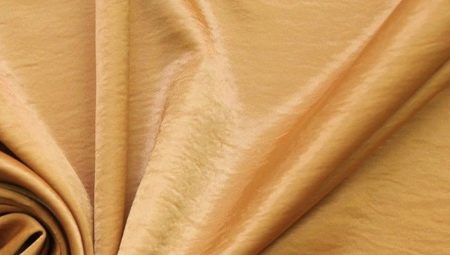Polyamide was invented more than 150 years ago in the United States. It began to be used in industry from the thirties of the last century. The material is characterized by excellent technical characteristics: heat-resistant, durable, not susceptible to corrosion. Nowadays, it is actively used in various sectors of the national economy.

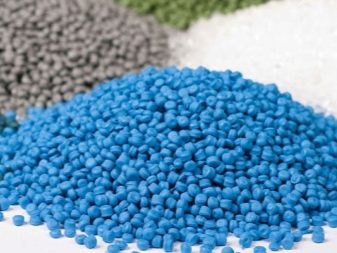
What it is?
Polyamide is a synthetics made from petrochemicals. It is made from compounds that contain the amide group CONH. Polyamide resists high temperatures well; it contains a group of amides that can be duplicated in a large molecule 8–10 times. The material has a high stiffness coefficient, which makes it very durable. The density of the component can vary within 1.0101–1.233 t / m3. Polyamide substances have gained wide popularity, they have excellent resistance to aggressive substances, can withstand significant periods of use.
Polyamide does not deform, does not crack even in the conditions of arctic cold and does not melt, being exposed to sunlight for a long time.

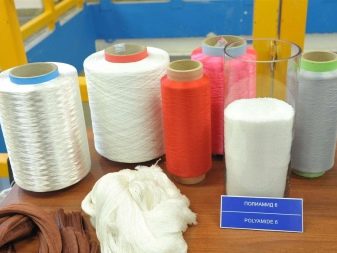
Features of the composition
Fiberglass material has some of the best performance characteristics according to the following criteria:
- rigidity;
- density;
- resistance to high temperatures.
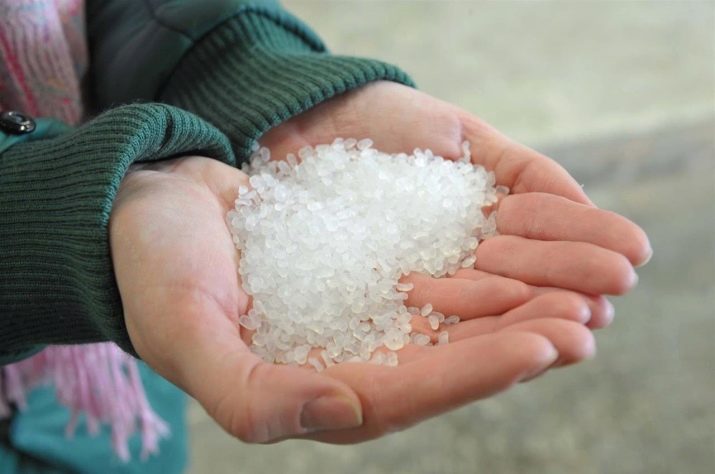
Polyamide can withstand temperatures up to 145 ° C, without losing its performance characteristics. This has become the reason for the active use of material in industry (pipelines, dynamic units), it can usually be found where there is high temperature. And also polyamide perfectly resists significant mechanical loads. Polyamide 6 (GOST 1-0589-87) is an extremely resistant substance, especially when interacting with aggressive chemical compounds:
- oil;
- machine oil;
- solvents;
- benzols.
Among the disadvantages of Polyamide 6 is its high moisture absorption rate: the material cannot be widely used in environments where 100% humidity is present. It is very important that after drying the material does not lose its performance characteristics.
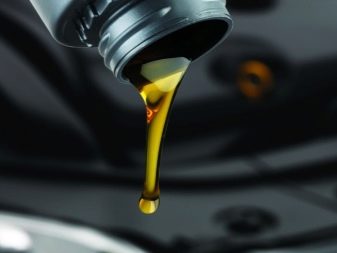
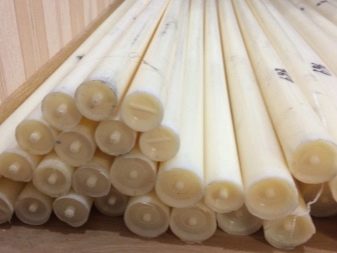
A denser material is Polyamide 66, it has higher coefficients of stiffness, density, elasticity. It has increased resistance qualities in contact with aggressive chemical compounds: alkalis, machine oil, fats. Even under the influence of hard gamma radiation, the material does not lose its characteristics. Excellent performance characteristics allow the use of Polyamide 66 in the production of a wide variety of parts:
- shock absorbers of cars;
- bushings;
- bearings;
- wheels.

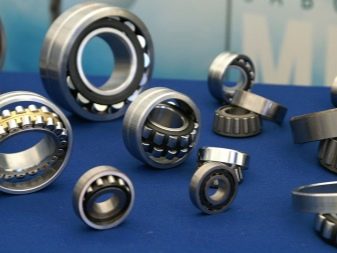
Polyamide 80/20 is actively used in casting, and blanks are made from it. And also elements from this composition can often be found in electrical products. Polyamide 12 is used for the production of pipes for public utilities. The material has exceptional wear resistance. Often Polyamide 12 is used in the working units of aircraft and helicopters. He does not lose his performance characteristics even when working in an environment with high temperatures (over 60 ° C).
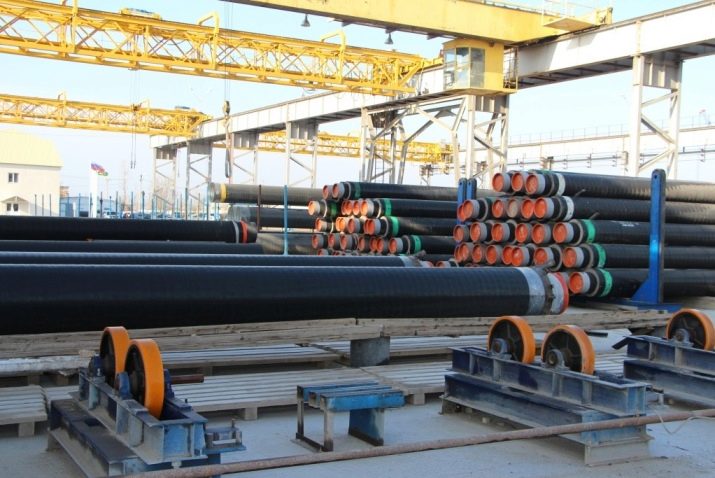
Polyamide 6 / 66-3 is a part of adhesive joints, as well as films. This material is actively used in the production of natural paper. Polyamide 11 is another functional material that has a high moisture absorption coefficient (0.93%) and has an extended service life. The material does not emit toxins in contact with food, is actively used in industry:
- aviation;
- food;
- automotive.
Unlike other materials, it has a high cost. Polyamide-46 has a unique crystalline structure, the melting coefficient of this material is record high: about 300 ° C, therefore it is used in areas where there are elevated temperature conditions. The disadvantage of Polyamide-46 is that it does not tolerate high humidity.
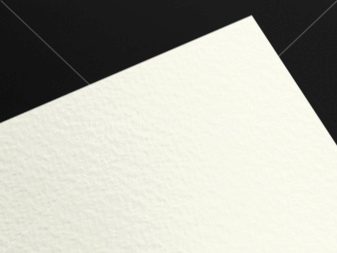

Advantages and disadvantages
Advantages of polyamide fiber:
- withstands weight up to 1.6 kg;
- low specific gravity;
- practicality;
- colors do not fade from exposure to ultraviolet light;
- possesses water-repellent properties;
- not afraid of high temperatures;
- does not deteriorate from exposure to alkalis and acids;
- it does not harm the fungus;
- not lit, has a high melting point.
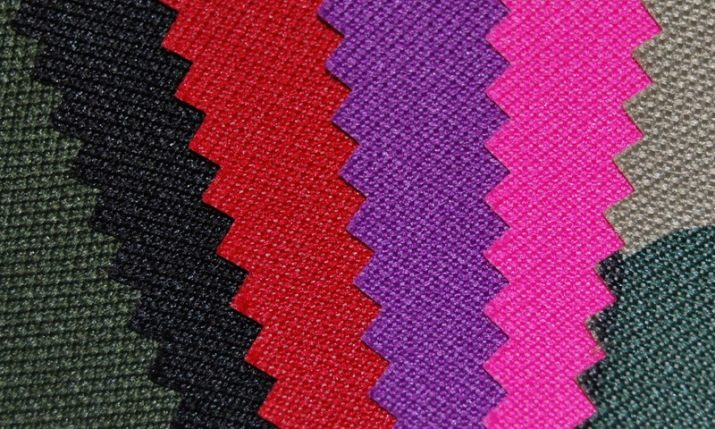
Products made of synthetics of the polyamide group have the following positive qualities:
- strength;
- ease;
- do not crumple;
- easily erased;
- do not fade and do not fade;
- provide good air exchange;
- protect from wind.
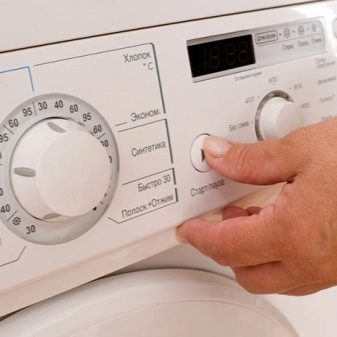
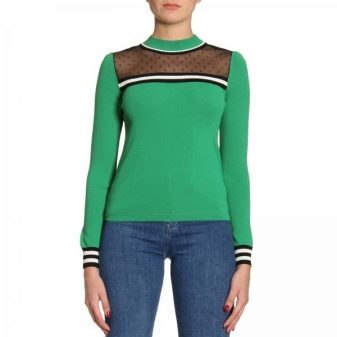
Minuses:
- accumulates static electricity;
- has too high thermal conductivity;
- aggressive compounds quickly penetrate the core of the fiber;
- some polyamides interact poorly with moisture.
Although polyamide is not a natural material, it is not harmful to health.
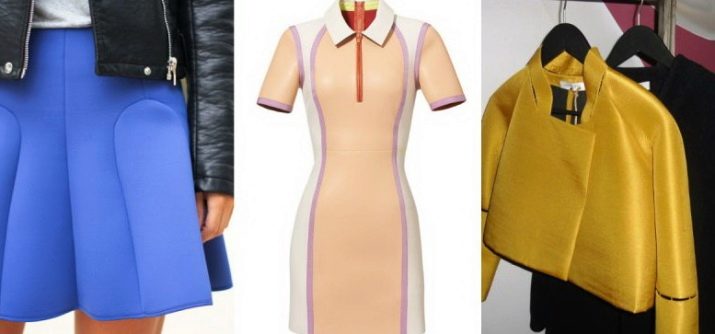
Types and their characteristics
There are many types of fabrics woven from polyamide yarns. The code name for polyamide in the administrative documents of manufacturers is RA.
Polyamide fabrics vary in composition and are named:
- Kapron RA6;
- Nylon RA6.7;
- Polyamide PA12.
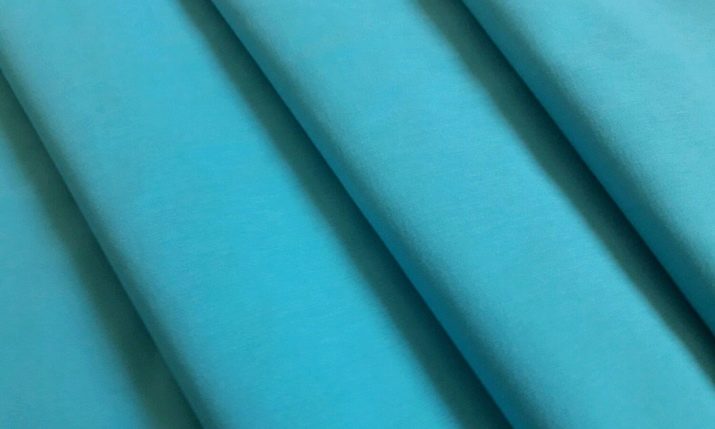
Polyamide fabrics favorably differ in such qualities:
- ease;
- functionality;
- wear resistance;
- high density;
- low price.
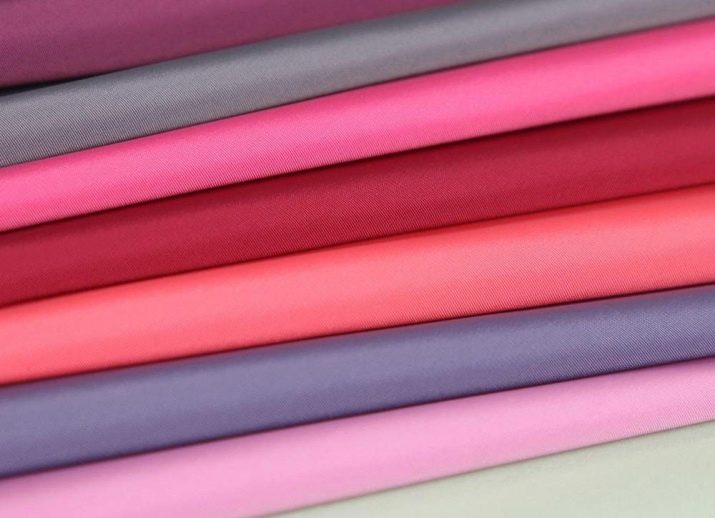
Polyamide is often used in the manufacture of other fabrics. For example, it is added to elastane and viscose. On many labels in the description of the composition of T-shirts, trousers, sweaters, you can find the word "polyamide". The addition of polyamide to natural fabrics allows things to dry quickly, be elastic and wear-resistant. A thick warm sweater or jacket may contain polyamide additives in its threads.Fabrics can have a very different coefficient of smoothness: products made of polyamide can be smooth as silk, can be rough and have a different texture.
Polyamide prices vary widely. Kapron has a price of 265 rubles per 1 kg, polyamide - 420 rubles per 1 kg. Polyamide grade "6" has a price of 620 rubles.

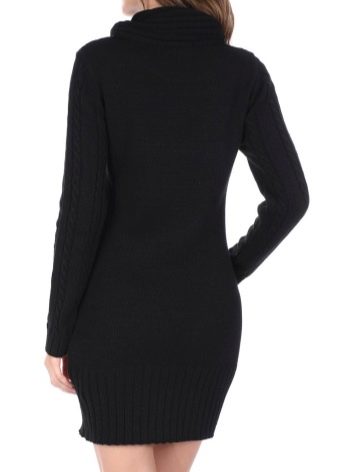
Nylon
Kapron is made of Polyamide 6. The material is not affected by alcohols and concentrated alkalis, has increased strength. Kapron fibers are plastic and durable, not subject to ultraviolet rays. Kapron is used in textile production, many items of clothing are made of this material. Often it is used in the furniture industry to create upholstery. This lightweight, durable material makes parachutes. The material also successfully replaces sometimes non-ferrous metals, the price of which is extremely high. Light weight and wear resistance allow this material to be used in the production of cars, trams and trolleybuses.
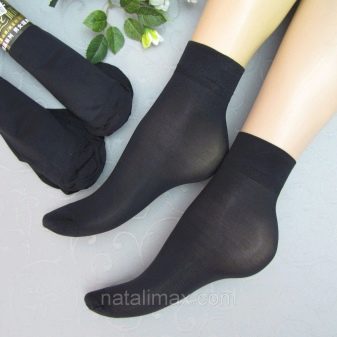

Anid
Anide is made from adipic acid, which in turn is obtained from benzene. According to technical indicators, anides are very similar to kapron.
The fabric is available in three types:
- filament yarns;
- monofilament;
- staple threads.
The anide differs in that the melting temperature of the material is slightly higher (+ 226 ° C). Products can be processed at a temperature of about 145 ° C. In Japan, this fiber is labeled Niplon, in America it is called Nylon 66.
The fabric is widely used for the manufacture of knitwear and shirts. Fur and sewing threads are also made from anide. The material is in demand, every year anida sales are growing.
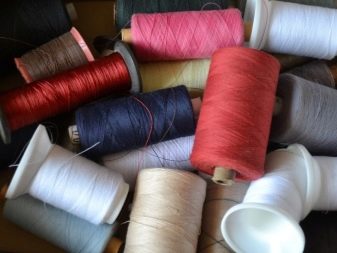
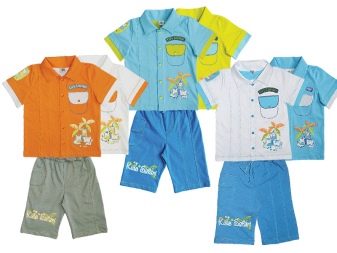
Nylon
Nylon - this is the first synthetic fabric based on polyamide, which appeared in the States in the early thirties of the last century. Nylon glorified synthetic fabrics. The material became incredibly popular in the fifties of the last century. Women's underwear was inexpensive, it was wearable, lightweight, durable and pleasant to the touch. Men's shirts and jackets also looked presentable and favorably emphasized the figure. Nylon was also widely used in Russia, received the name "synthetics".
Nylon is made from a carbon composition with the addition of alcohol and water. It is marked "6.6". Outwardly, nylon looks like silk.
Matter has the following properties:
- does not break, withstanding large mechanical loads;
- does not fade during washing or exposure to ultraviolet radiation;
- does not absorb dust and dirt;
- the fabric does not deform over time;
- dries quickly.
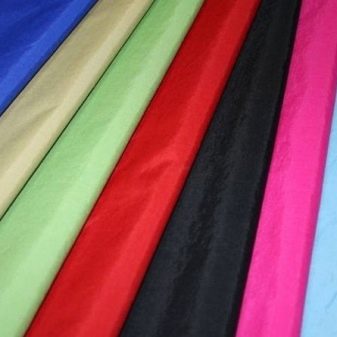
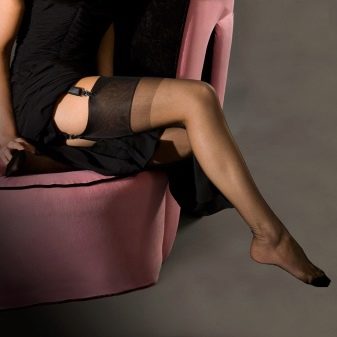
However, nylon does not allow air to pass through, which often causes allergic reactions. as well as in production, the fabric is treated with toxic substances, which practically do not evaporate from the surface of the products for a long time.
Nowadays, combinations of artificial and natural materials are fashionable. Polyamide fibers are present in male and female clothes, their number reaches, as a rule, one third of the composition. Nylon is added to silk and linen, making them more durable and elastic. Women almost immediately adopted this material, they are made of nylon:
- stockings;
- dresses;
- bras
- blouses.
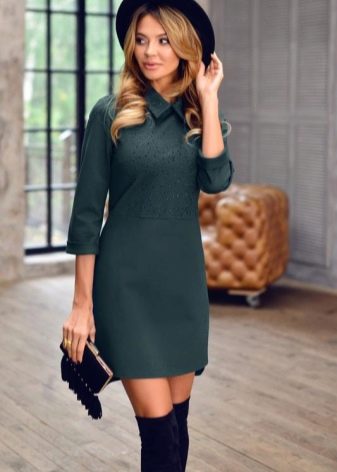
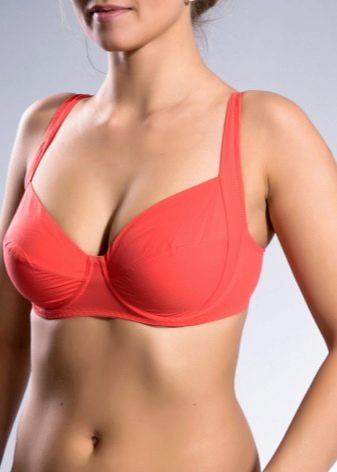
They learned how to reinforce nylon, which made it possible to create practical outerwear. Backpacks and bags are made from cordura (a type of nylon) using reinforcement. Nylon is used for superior home textiles:
- curtains;
- portiere;
- upholstery.
Their only flaw: they accumulate static electricity, which is a magnet for fine dust. It is recommended to wash nylon at a temperature of no more than + 32 ° С. Products can withstand a large number of washings. Upholstery is done with the addition of nylon up to 35%, the material is called flock. In addition to nylon, polyester is also present in it.
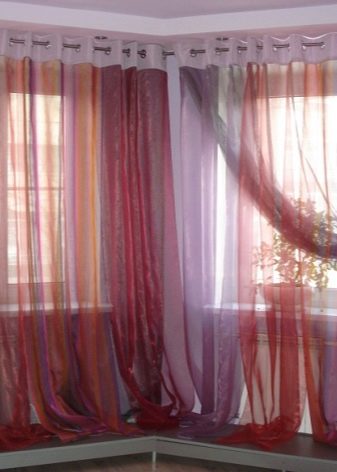
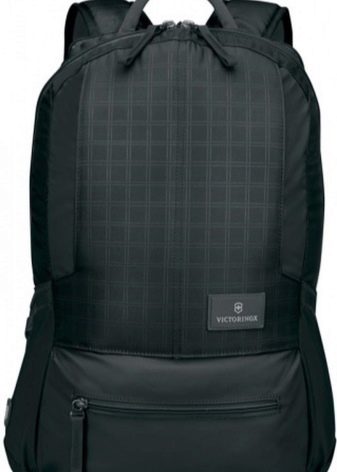
Taslan
Taslan is denser than nylon, has increased strength, clothes from taslan “breathe”. The fiber weave structure is rep using modern impregnations. Especially often used material for children's clothing:
- jackets;
- sports products;
- tourist equipment.
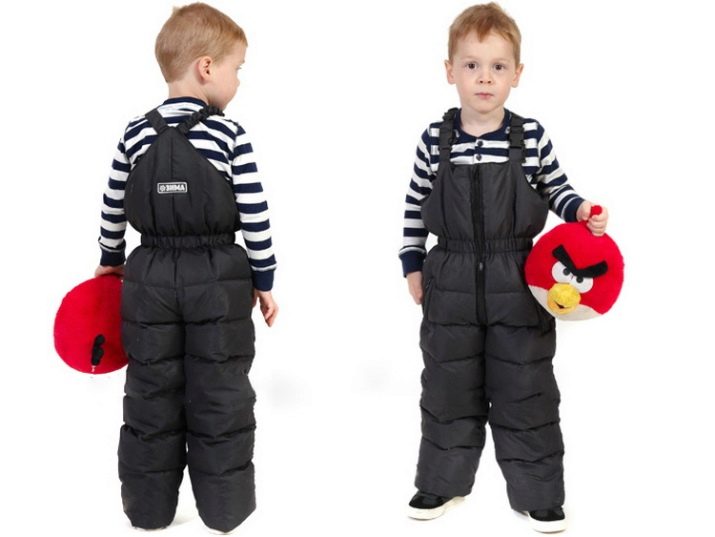
Down jackets and winter jackets are good ones from taslan. Inside taslan is covered with special impregnations that provide reliable air exchange, at the same time, the fabric reliably keeps heat. The lightness of the taslan breaks all records: 1 m2, weighs only 182 g. The rep interweaving of fibers forms a special hem, which easily distinguishes taslan from other materials. Outerwear is made of taslan nylon material. Its peculiarity lies in the fact that different fibers with their own marking are used.
- 186T is a lightweight material made of thin threads.
- 310T is the material of their rather thick threads. They make a coat out of it. Threads can weave in parallel and form squares. If the label contains the inscription Rip-Stop or R / S, this means that the fabric has additives - additional fibers.
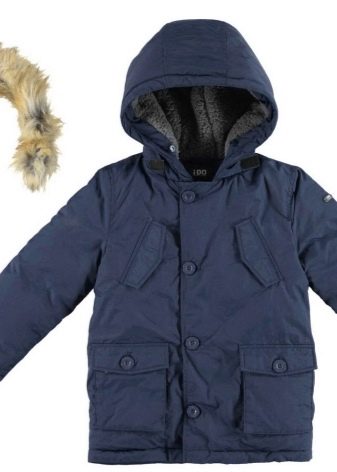

Taslan also differentiates by tissue impregnation.
- Milky is a special whitish coat applied to the inside. The purpose of the coating: to keep the insulation inside the product and protect from high humidity. Impregnation can be completely transparent.
- PU is the designation of the polyurethane layer. The material resembles leather to the touch. Marking PU 3100 indicates that the fabric has increased water resistance.
- WR - this marking indicates the presence of a layer that causes droplets of moisture to roll off the material without penetrating inside.
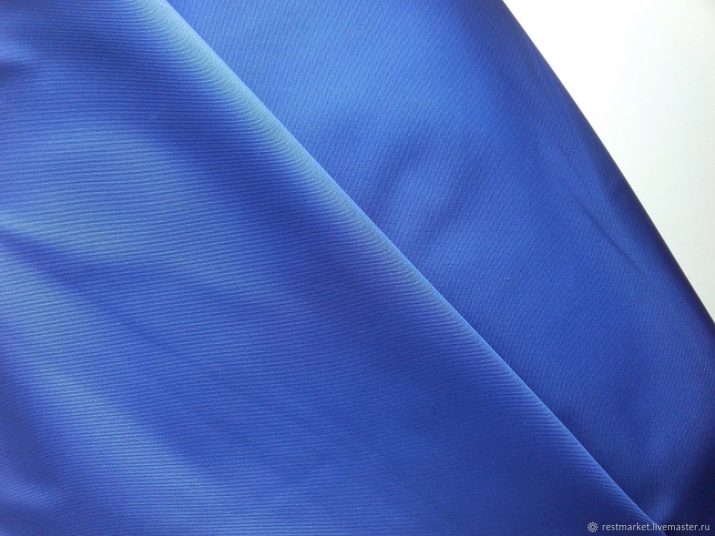
Jordan
Jordan (Jordan, Jonardan) - an innovative fabric of the XXI century, which shimmers under the influence of light. Micro weave synthetic fibers are coated with a special layer of polyurethane, which adds strength. The fabric is lightweight and has excellent waterproof properties. The fabric effectively protects against moisture and at the same time provides reliable air exchange. Jordan PU Milky WR is in particularly high demand. Such a material has a well-painted surface with an anti-pilling texture. Impregnation PU and BO give the material additional functionality. The density of Jordan is 222 g / m2. The fabric does not allow even a very strong cold wind, so it is made of:
- tents;
- overalls;
- Jackets
- tracksuits for climbers.
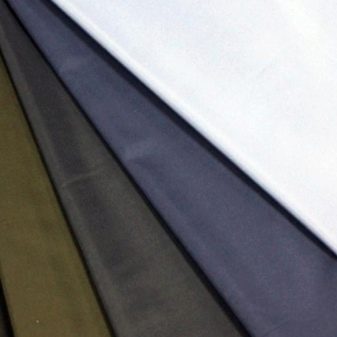
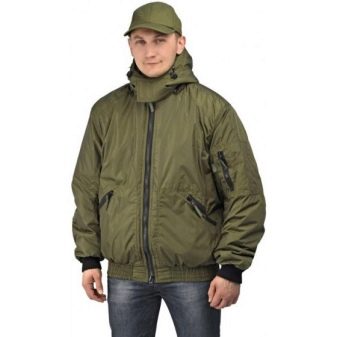
Clothes can be washed many times, she does not lose her qualities.
Its advantages:
- soft and light;
- protects well;
- serves for a long time;
- pleasant to the touch;
- dries quickly.
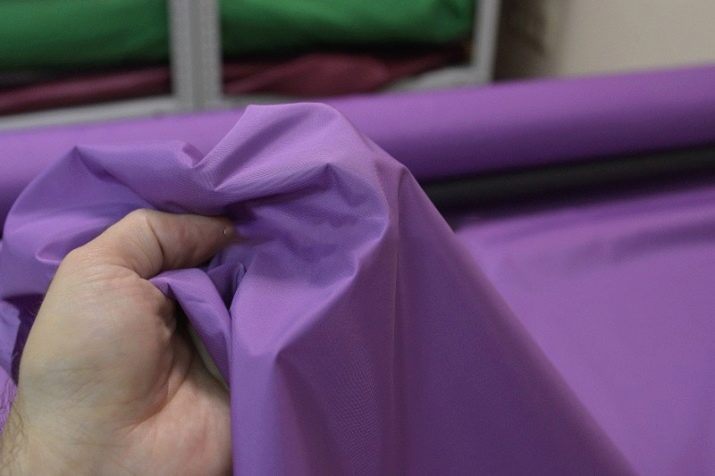
Velsoft
WellSoft (WellSoft) - this is another synthetic fabric that has become widespread. The second name of the material is torn terry. The material has a pile located on two sides of the fabric, it is based on polyester. The fabric is created from ultra-thin fibers with a thickness of 0.07 mm (100 times thinner than a hair). One thread contains up to 24 fibers. Due to this unique structure, the fabric has a high coefficient of strength and low weight. The fabric is treated with special chemicals, which gives it strength and softness. Wellsoft is very functional:
- dries quickly;
- does not pass cold air;
- practically does not crease.
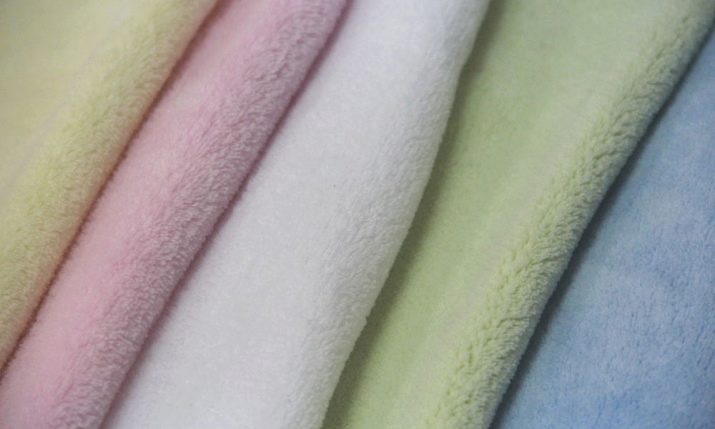
There are several varieties, the fabric varies according to the criteria:
- the presence of a drawing;
- coloration;
- thread structure.
Wellsoft can be called one of the best terry fabrics, which is ideal for sewing various clothes. The disadvantage of the material is that it does not have very good air exchange. Plaids, bathrobes, and children's costumes are especially good from Velsoft. The pile of the fabric is resistant to temperature and humidity. Over time, the pile does not wipe, it retains its length. Ironing such a fabric is optional. She does not molt.

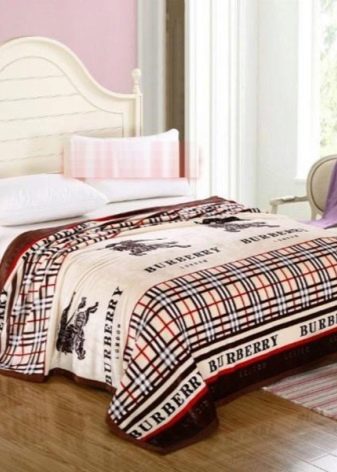
Tactel
The tactel has a complex double structure and has a lot of positive qualities. It passes air well (one of the best materials for this indicator). Tactel is actively used in light industry, in particular, in the production of stockings and socks. The tactl was invented by the largest chemical corporation DuPont (DuPont, USA) in 1983.Translated from the Latin language as “touch”.
The fabric is made of special artificial fiber, which is based on Polyamide-6.6. The fibers are distinguished by their extraordinary fineness: only 7.9 microns, in one thread there can be fifty such fibers. The number of fibers is directly proportional to the softness and strength of the fabric. Thicker threads are on the inside of the fabric, thinner on the outside. Nowadays, there are several dozen fabrics under the Tactel® brand. Mainly items of clothing and outerwear are made from fabric.
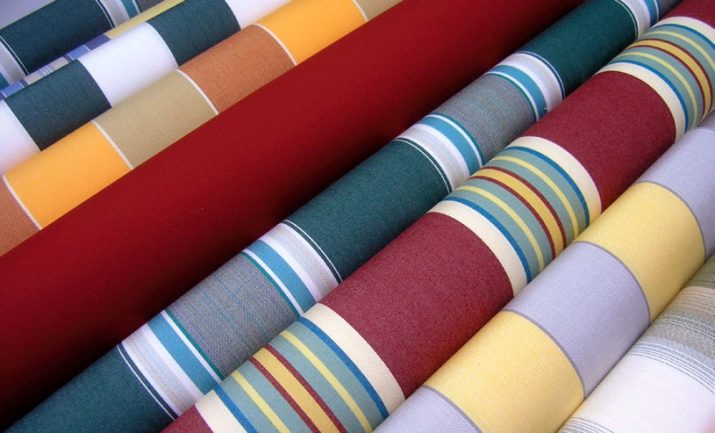
The fabric may be:
- matte;
- sparkling;
- textured;
- iridescent.
Tactel is lightweight and durable. Provides good air exchange and perfectly keeps heat. Among the shortcomings can be called a high price.
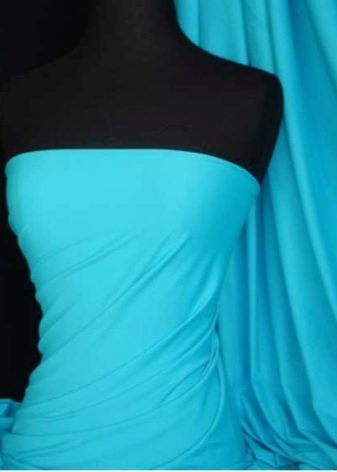

Tactel-micro is used in the manufacture of knitwear. Tactel® — textural incorporates heavy thick threads, the fabric is dense and elastic at the same time. Ideal for sewing sportswear. Tactel® Diablo refracts light rays, making the material glow and sparkle. Usually lingerie is made from Diablo. Tactel-aquator has two layers. The first consists of polyamide, the second layer is cotton. With high humidity, a synthetic fabric removes excess moisture. Especially often Tactel-aquator is used in sportswear. Tactel Strata has different thicknesses of thread, they are painted in different halftones, which makes the item acquire an iridescent color. Often, "Tactel" is added to various fabrics:
- wool;
- cotton;
- mohair.
The material was widely distributed on all continents, in the press he was nicknamed "Cotton of the XXI century."
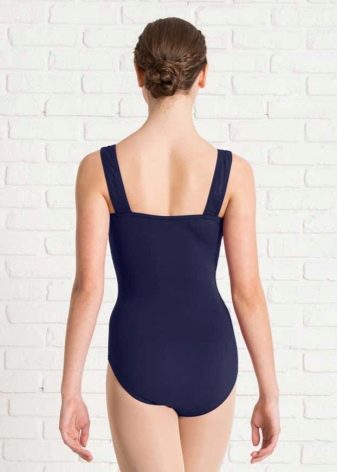

Where are they used?
It is important to note that polyamides are not subject to deformation and do not change their performance characteristics over the entire service life, therefore, the material from them has found the widest application in many industries and in construction. Most often, polyamides can be found. Artificial materials are made of polyamides:
- nylon;
- nylon;
- carpet.


Many everyday things are made of polyamide:
- stockings and socks;
- tights;
- faux fur;
- items of children's clothing.
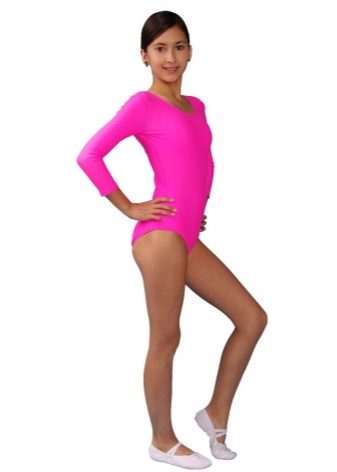
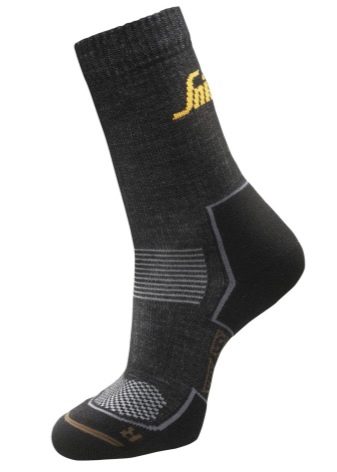
Using this material make:
- technical fabrics;
- ropes;
- technical shoes;
- conveyor belts.
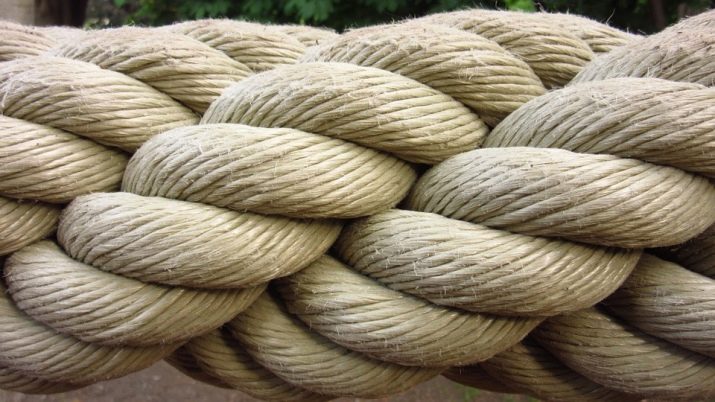
This material does not come into contact with food, therefore, in the food industry, polyamide is actively used to create:
- food containers;
- tanks for liquids;
- containers for filling cheese and dairy products.

In medicine, it can be found in such products:
- implants
- prostheses;
- surgical sutures.
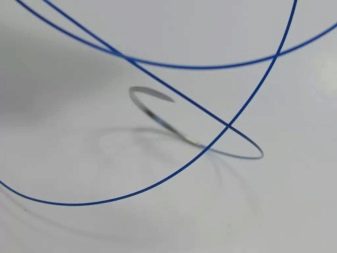
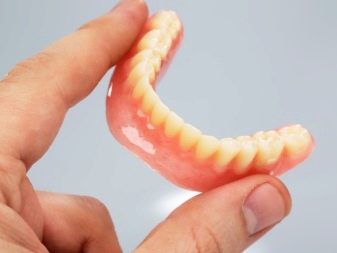
Care
Products made from synthetic fabrics can be washed either hand or machine. The optimum temperature is no higher than 42 ° C. It is also possible to iron synthetic things only if the temperature of the iron does not exceed 95 °.
Synthetic fabrics are afraid of chlorine compounds in any form, so removing stains is permissible without the use of any solvents.
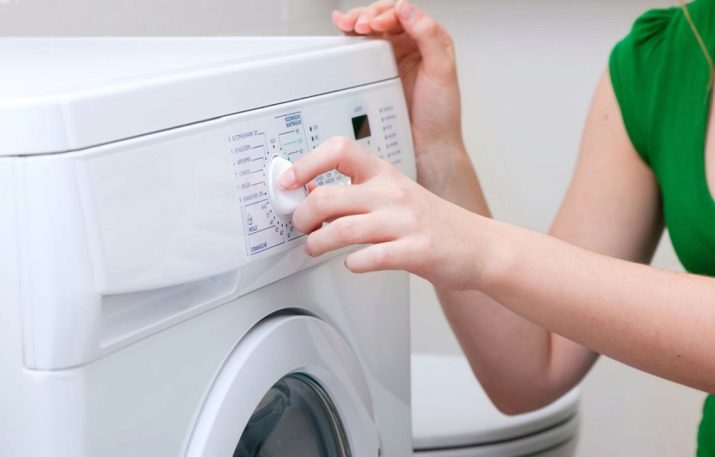
See how the synthetic thread is made in the next video.
